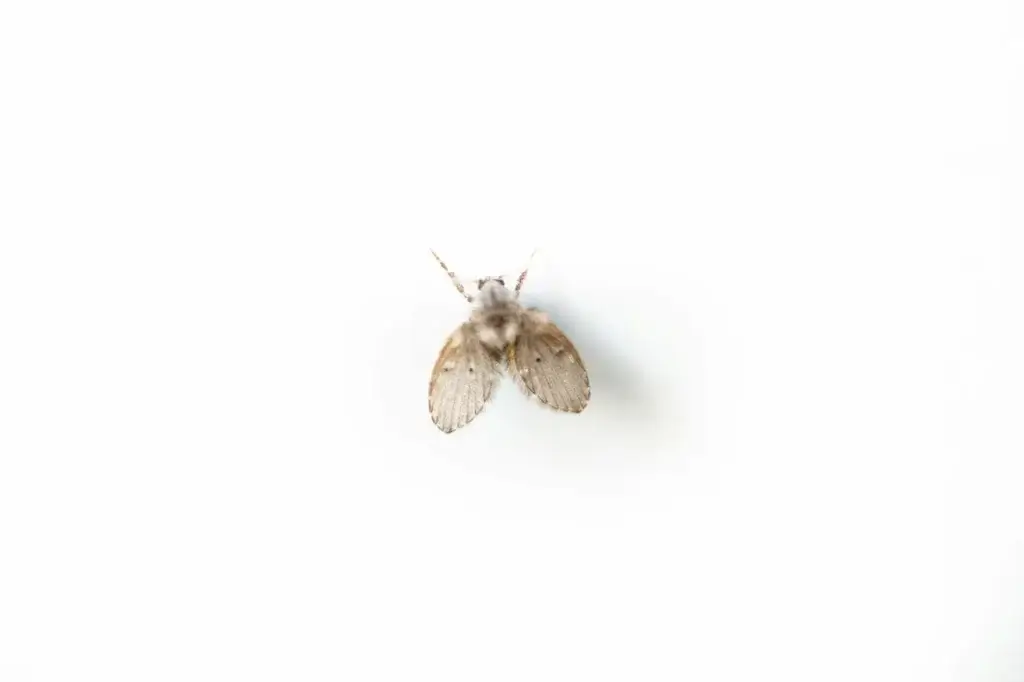
How to Get Rid of Gnats in House
Just the word gnat is enough to annoy sometimes. These persistent and erratic little bugs are particularly frustrating in North Carolina, especially during the warm and humid months. Gnats seem to appear out of nowhere, buzzing around your face, infesting your fruit bowls, and generally making themselves known, without welcome. Seeing even a few in your home is enough to get you to searching: “What’s the best way to get rid of gnats in house?”
To effectively deal with this nuisance, it's crucial to understand what attracts gnats, where they come from, and how to get rid of gnats indoors and out.
Table of Contents

What Attracts Gnats?
Understanding the factors that attract gnats to your home is the first step in answering the question: “How do I get rid of gnats in house”? Here are some common attractants:
Overripe Fruits and Vegetables
Gnats are highly attracted to the aroma of overripe or rotting fruits and vegetables. They lay their eggs in these decomposing organic materials, creating a breeding ground for future generations of gnats.
Moisture
North Carolina's warm and humid climate provides the perfect breeding conditions for gnats. Excess moisture in and around your home, such as damp soil, wet houseplants, or leaky pipes, can attract gnats looking for breeding sites.
Sweet or Fermented Liquids
Gnats are also drawn to sweet or fermented liquids like sugary beverages, wine, and vinegar. Leftover residue in glasses or bottles can attract gnats, as can spills and drips in your kitchen or dining area. Homeowners who notice gnats in their kitchen can usually trace it back to sinks and dishwashers because of this.
Where Do Gnats Come From?
Before you can get rid of gnats in houses in North Carolina, you have to know where they’re coming from. Gnats typically come from the following sources:
Outdoors
Gnats are outdoor insects that can find their way inside through open doors, windows, or small cracks and gaps. They are more prevalent in outdoor areas with moist soil, decaying vegetation, or standing water.
Breeding Sites
Gnats lay their eggs in moist or decomposing organic matter. Gnats in plants are a common observation by homeowners, as well as in and around trash cans with organic waste, and clogged drains. Identifying and eliminating these breeding sites is crucial in controlling gnat populations.
How to Get Rid of Gnats
To get rid of gnats in house, there are a few common and effective methods you can employ. Of course, the quickest and most effective way is with the help of a pest control professional, but it may be worth it to also try some of the following:
1. Remove Attractants
The first step is to remove attractants that may bring more gnats indoors. Discard overripe fruits and vegetables promptly, and clean up spills and crumbs in the kitchen and dining areas. Make sure you store sweet and fermented liquids in sealed containers, and keep trash cans tightly sealed and empty them regularly.
2. Improve Ventilation
Next, ensure proper ventilation in your home by using screens on windows and doors.
Use fans to improve air circulation, which can deter gnats from settling indoors.
3. Eliminate Breeding Sites
Breeding sites are places where gnats multiply, so you’ll want to get rid of those wherever possible. Get rid of gnats in plants by regularly checking and watering your indoor plants, ensuring they do not become waterlogged—it’s also best to empty and clean drip trays under potted plants.
You should also keep drains clean and free from organic debris, and seal any cracks or gaps in walls, windows, and doors to prevent gnats from entering.
4. Natural Repellents
Before you just walk into your local home improvement store on the hunt for the harshest “gnat killer indoor” product, try natural repellents that are less likely to pose a risk to your family and pets.
Place bowls of apple cider vinegar or red wine with a few drops of dish soap near gnat-infested areas. The gnats will be attracted to the liquid and trapped by the soap.
Citronella candles and essential oils like lemon eucalyptus can also help repel gnats.
5. Insect Traps
On top of repellents to get rid of gnats in house, you can also employ insect traps. Use store-bought versions, or create DIY traps using sticky tape or jars filled with vinegar and a drop of dish soap.
6. Professional Pest Control Services
If your gnat infestation persists, and you still find yourself frustratingly googling “how to get rid of gnats in my house”, consider hiring a professional pest control service like those at A-1 Pest Control to assess the situation and provide tailored solutions.
Frequently Asked Questions: How to Get Rid of Gnats in House
What are gnats, and why are they a problem in homes?
Gnats are small, flying insects that can become a nuisance in homes, especially in warm and humid climates like North Carolina. They are attracted to moisture and organic matter, making kitchens, dining areas, and indoor plants common targets.
What attracts gnats to my home?
Gnats are primarily attracted to overripe fruits and vegetables, sweet or fermented liquids, and excess moisture. They are also drawn to decaying organic matter and damp environments.
Where do gnats come from?
Gnats often enter your home from outdoors through open doors and windows or small cracks and gaps. They can also originate from breeding sites like potted plants, trash cans, and clogged drains.
How can I prevent gnats from infesting my home?
To prevent gnat infestations, remove attractants promptly, improve ventilation, and eliminate breeding sites. Seal cracks and gaps, keep indoor plants well-drained, and maintain a clean kitchen and dining area.
What should I do if I have a gnat infestation?
If you have a gnat infestation, start by identifying and eliminating the source. Remove overripe fruits and vegetables, clean up spills, and improve sanitation. Use natural repellents or traps and consider consulting a pest control professional if the problem persists.
Do store-bought gnat traps work?
Store-bought gnat traps can be effective in reducing gnat populations. They use attractants to lure gnats into sticky surfaces or containers where they become trapped. Be sure to follow the instructions on the packaging for best results.
How can I prevent future gnat infestations?
To prevent future gnat infestations, maintain good sanitation practices, store food in sealed containers, fix leaky pipes or faucets, and keep your home well-ventilated. Regularly inspect your indoor plants for signs of moisture-related issues.
When should I consider professional pest control for gnats?
If your gnat infestation persists despite your efforts to eliminate attractants and breeding sites, it may be time to consult a professional pest control service. They can assess the situation, identify the specific type of gnat, and provide targeted solutions.
Can I use chemical pesticides to get rid of gnats?
While chemical pesticides can be effective against gnats, it's important to use them with caution, especially in indoor settings. Consider safer alternatives like natural repellents, traps, and professional pest control services before resorting to chemical pesticides, and always follow the instructions carefully if you choose to use them.
Final Word: How to Get Rid of Gnats in House
Gnats can be a frustrating pest to deal with, but by understanding what attracts them, where they come from, and how to eliminate them, you can regain control of your North Carolina home.
If your infestation of gnats indoors persists, consider consulting the pest control professionals at A-1 Pest Control. We’ve been helping North Carolina residents with pests and the problems they cause for over 50 years. Contact us today for more information!
